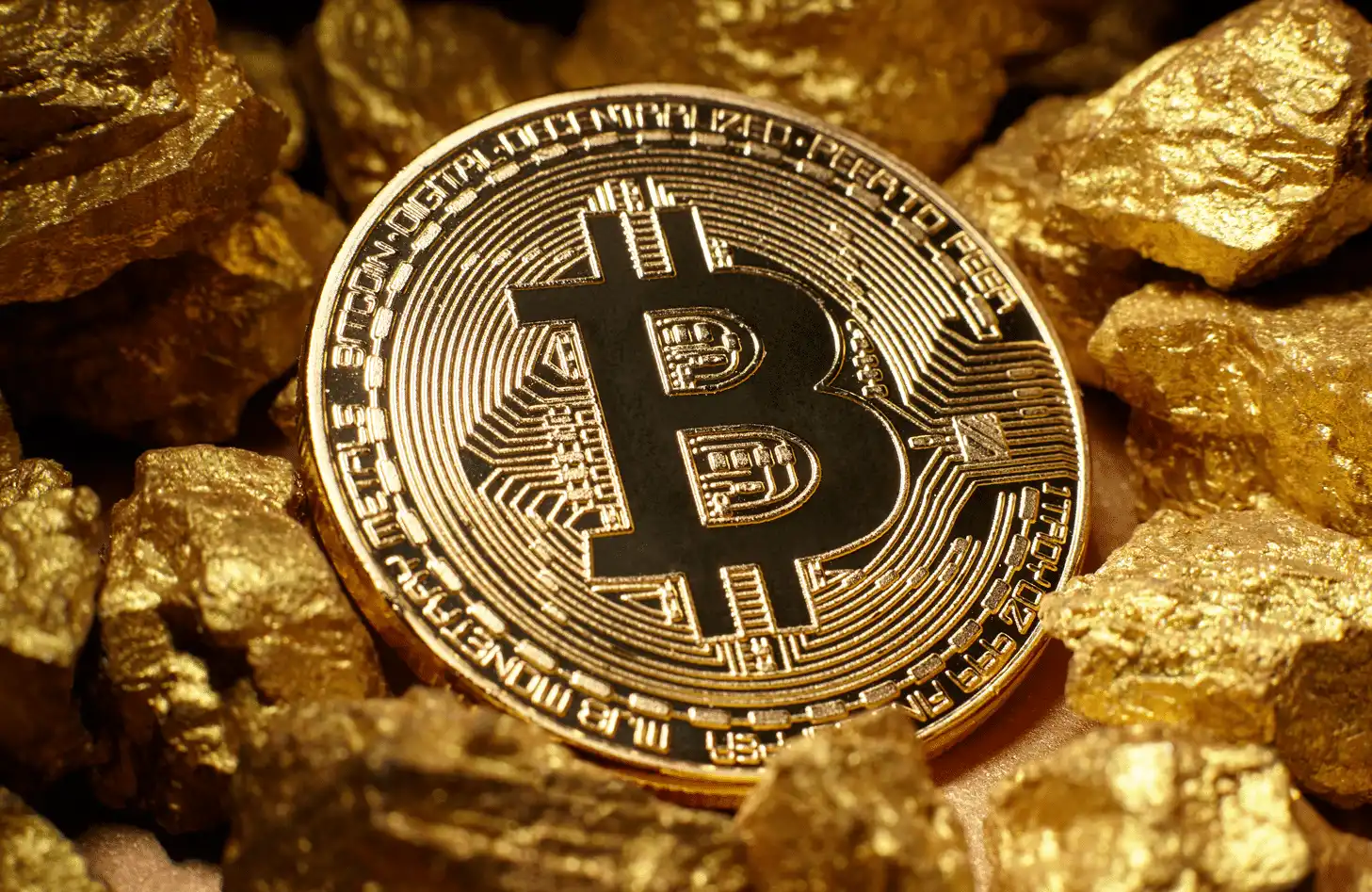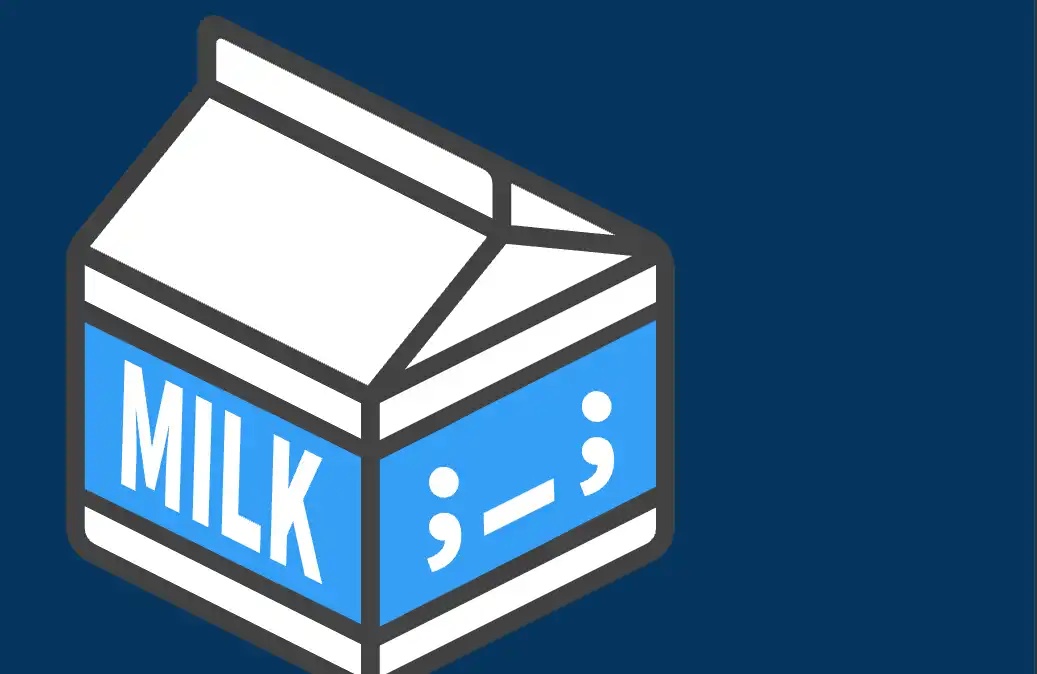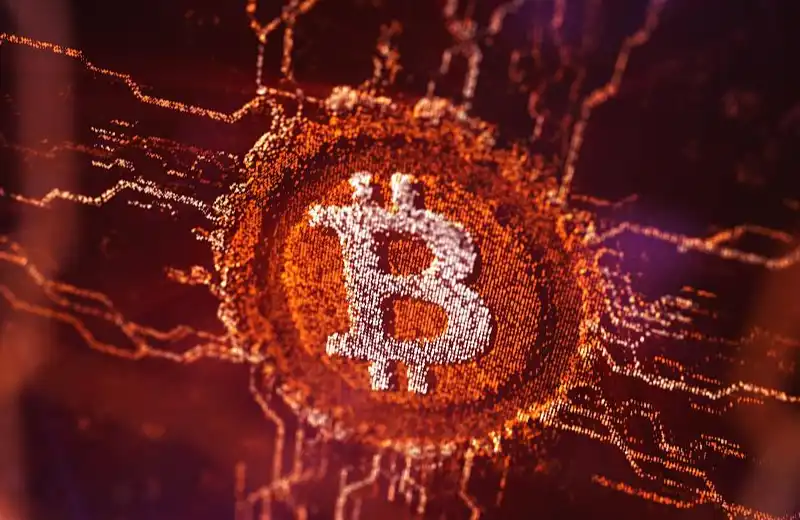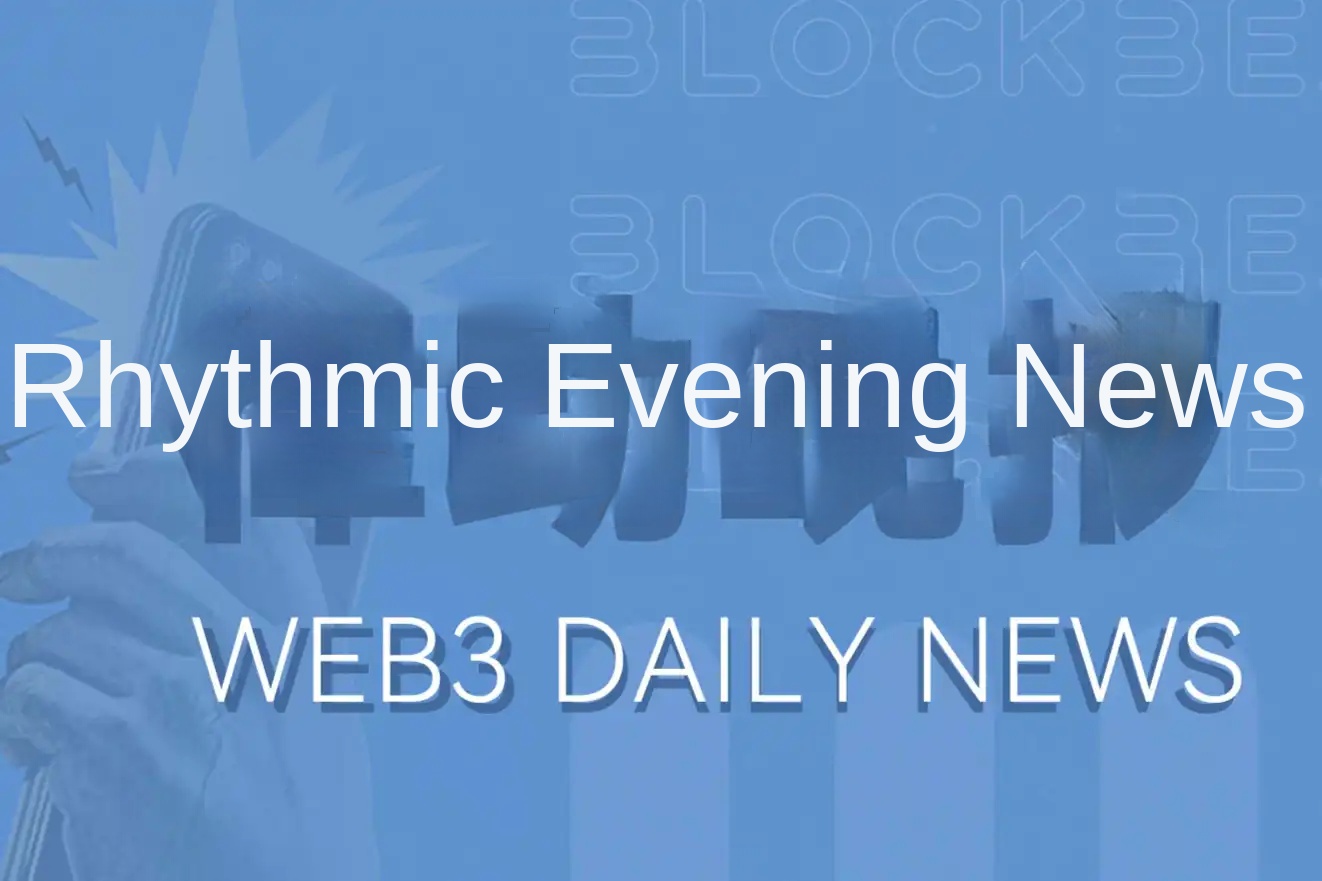Only 5 days after launch, there is still constant FUD. Can the popularity of Runes market last?
Original title: "Only 5 days after launch, FUD continues. How is the market performance of Runes? "
Original author: Nancy, PANews
With market expectations fully expected and resources from all parties preheated, the Runes protocol has not shown a strong money-making effect and out-of-circle effect after being launched for many days. Various FUD and controversial voices about Runes have begun to be heard one after another. In this article, PANews will interpret the controversy faced by the Rune track and analyze the current market performance of the Rune track from data.
Runes have been questioned in many ways, and the market heat is said to be difficult to sustain
The Rune protocol is facing various controversies a few days after its launch, including factors such as communication power, handling fees, and fairness of asset issuance, which may make it difficult for the track to maintain high heat.
First, the cumbersome rune names are considered to undermine the MEME properties of community communication, especially for participants in the Chinese community who are not good at English. According to the name rules of the Runes protocol, the rune name consists of letters from A to Z and must be between 1 and 28 characters long, but the name length is at least 13 letters in the first 4 months of the launch, and it will be reduced by 1 every four months thereafter, which means that it takes three to four years to achieve a simple token name. The zero rune deployed by founder Casey will continue to be cast for four years until the next halving, and the outside world has also questioned whether its value has the ability to continue to support. However, many people believe that this design of the founding rune will be conducive to the long-term development of the rune ecosystem, rather than short-term speculation.
Secondly, the surge in fees brought by the runes once caused congestion in the Bitcoin network, and even the phenomenon of Gas War intertwining, which not only affected the user's participation experience due to the extension of transaction processing time and the increase in costs, but also made players prone to the risk of being buried. In addition, the high gas fees required by many rune projects far exceed their own value. The high participation cost not only dampens the enthusiasm of users, but also greatly reduces the market liquidity. Some netizens described it this way, "I took 1000U to recharge the rune and received 700U. After deducting the handling fee, I had 500U left. Then the project fell and I wanted to sell it at a loss, but I found that the handling fee was not enough. I recharged 500U again and received 300U. In the end, I sold all 100U. There were still 3U left when I transferred it to the exchange, and the total investment was 1500U." This kind of ridicule also reveals to a certain extent that compared with participants with large capital volume, retail investors no longer have the cost advantage of high returns after a series of links such as recharge and purchase.
"If inscriptions are a Jedi counterattack by retail investors against institutions, then runes belong to the institutional era", and the fairness of rune participation has also been questioned by users. In the rune projects, there are more or less reservations, such as Z•Z•Z•Z•Z•FEHU•Z•Z•Z•Z•Z pre-mining 99% of the total, SATOSHI•NAKAMOTO pre-mining 20% and MEME•ECONOMICS pre-mining 20%, etc. This behavior is considered by users to undermine the principle of fairness and justice. Institutions/projects also spent a lot of money to snatch the right of retail investors to issue top-ranked runes, such as Z·Z·Z·Z·Z·FEHU·Z·Z··Z·Z spent 6.732 BTC (about 430,000 US dollars) to obtain the number one rune.
In addition to the above reasons, many Pre-Runes gameplays harvested a lot of liquidity in advance, the market heat and expected over-consumption under the "hot must die" and the sequelae of losses under the hype of inscriptions are also important factors.
In addition, there are various doubts about the technology of Runes in the market. For example, KOL@白菜 posted that Casey lacks basic respect for BRC20 and its creator domo, who brought Ordinals. While enjoying the halo and traffic brought by BRC20, he hates the standard very much. At the same time, he borrowed the idea of UTXO-base protocol from Atomicals to create Runes, but never mentioned it. What blockchain needs more is financial narrative. The asset issuance story of BRC20 has been told very well, while Runes has no scalability and is not compatible with bitvm, so its scope of application will be greatly limited. However, the Runes market is realizing innovative updates in technology, such as the launch of the function of batch casting of runes, which can greatly reduce the handling fee.
In fact, there are many voices in the market that are "bullish" on the Runes protocol. For example, analysts at research and brokerage firm Bernstein said that the Bitcoin network, driven by the newly born Runes token standard, has set a record high in daily miner rewards and transaction fees. The network is currently experiencing a "DeFi Summer" moment, and users can see more utility-based tokens on Bitcoin over time.
Contributed two-thirds of Bitcoin trading volume within 5 days of going online, and only 3 rune projects have a market value of over 100 million
Although there are many criticisms of the Runes protocol in the market, it still dominates Bitcoin transactions recently.
According to Dune data, since the Bitcoin halving event on April 20, the Bitcoin network has processed more than 2.61 million Runes transactions in the past 5 days, accounting for 65% of all Bitcoin transactions since its launch on April 20, far exceeding the number of transactions for ordinary Bitcoin peer-to-peer transactions, BRC-20 and Ordinals. However, although the daily transaction volume of Runes peaked at more than 750,000 on April 23, it has since declined, which shows that the popularity of Runes has shown a clear downward trend.

At the same time, Dune data shows that Runes transactions contributed more than 1,500 BTC in miner fees within 5 days of going online, of which 69.5% of the fees were contributed on the day of going online, but there was a significant decline in the following days, basically maintaining between 18% and 49%.
According to the data of OKX Web3 Rune section, as of April 26, there were more than 11,000 Rune projects issued in the market, of which 50 projects were relatively popular. According to the statistics of the top 10 Rune projects by market value compiled by PANews, among the many Rune projects, only the No. 1 symbol Z•Z•Z•Z•Z•FEHU•Z•Z•Z•Z•Z, the No. 3 symbol DOG•GO•TO•THE•MOON and the No. 8 Rune RSIC•GENESIS•RUNE have a market value of over 100 million, while the market value of most projects is less than 50 million US dollars.

From the perspective of intraday price increases, the average decline of these runes was -20.07%, among which DOG•GO•TO•THE•MOON, MEME•ECONOMICS, Z•Z•Z•Z•Z•FEHU•Z•Z•Z•Z•Z and RSIC•GENESIS•RUNE performed relatively well, especially the Runestone airdrop project DOG•GO•TO•THE•MOON, which increased by 44% within the day, while LOBO•THE•WOLF•PUP, THE•RUNIX•TOKEN and RUNE•ALPHA•COOK declined more significantly;
At the same time, from the perspective of the number of holding addresses, there are 6 projects with more than 10,000 holders, among which DOG•GO•TO•THE•MOON and LOBO•THE•WOLF•PUP have more than 70,000 holders. From the perspective of the change in the number of addresses within the day, these rune projects have fallen by an average of 25.69% in the past 24 hours. Only RUNE•ALPHA•COOK, DOG•GO•TO•THE•MOON and RSIC•GENESIS•RUNE have performed relatively stable. Z•Z•Z•Z•Z•FEHU•Z•Z•Z•Z•Z, SATOSHI•NAKAMOTO, ANARCHO•CATBUS and MEME•ECONOMICS have seen a large loss of holding addresses, with a general decline of more than 40%;
In addition, from the perspective of daily trading volume, market liquidity seems to be highly concentrated on DOG•GO•TO•THE•MOON, whose daily trading volume accounts for more than 90.6% of the total. The vast majority of rune projects only trade hundreds of thousands or even tens of thousands of dollars.
From this point of view, although there are quite a few rune projects in the current market, the head effect is very obvious and shows a significant cooling trend. At the same time, the scale of participation in the Rune market is limited and players are still mainly paper players. Miners, new listing platforms and exchanges may become the biggest winners. For Rune, which is in the early stages of development, if it wants to seize the traffic dividend, the continuous iteration and update of functions and technologies, the improvement of infrastructure and a more fair and open gameplay will be the key points.
Original link
Welcome to join the official BlockBeats community:
Telegram Subscription Group: https://t.me/theblockbeats
Telegram Discussion Group: https://t.me/BlockBeats_App
Official Twitter Account: https://twitter.com/BlockBeatsAsia


 Forum
Forum Finance
Finance
 Specials
Specials
 On-chain Eco
On-chain Eco
 Entry
Entry
 Podcasts
Podcasts
 Activities
Activities
 OPRR
OPRR








